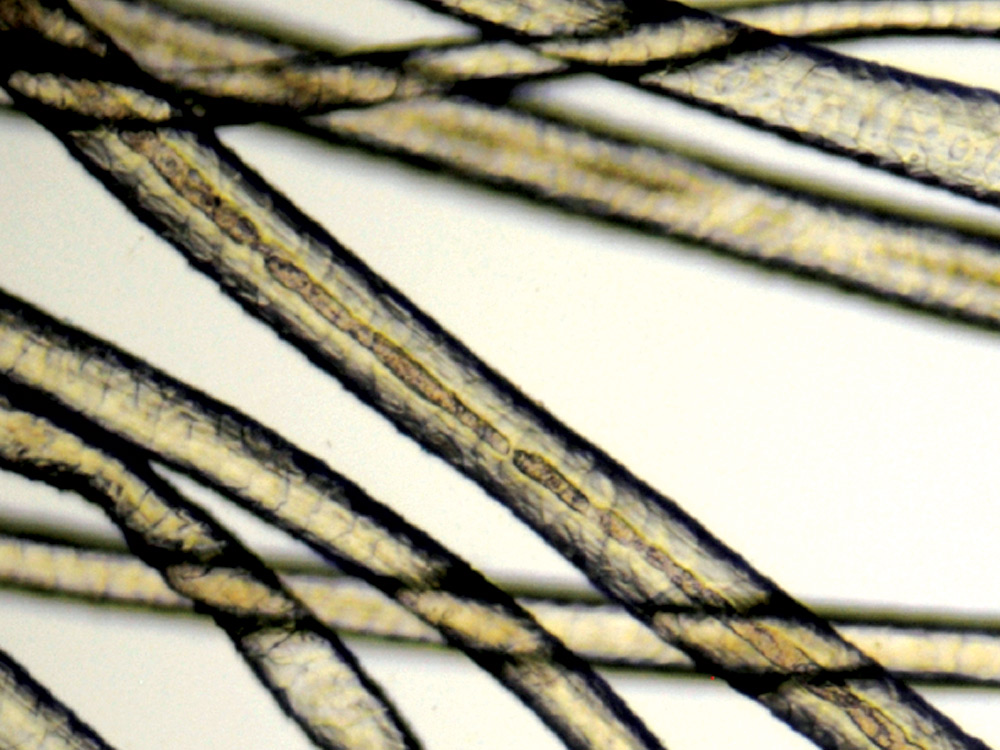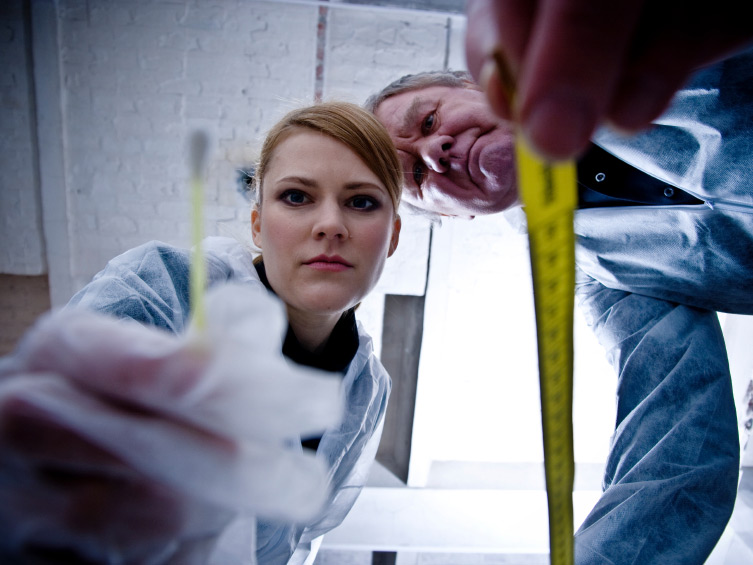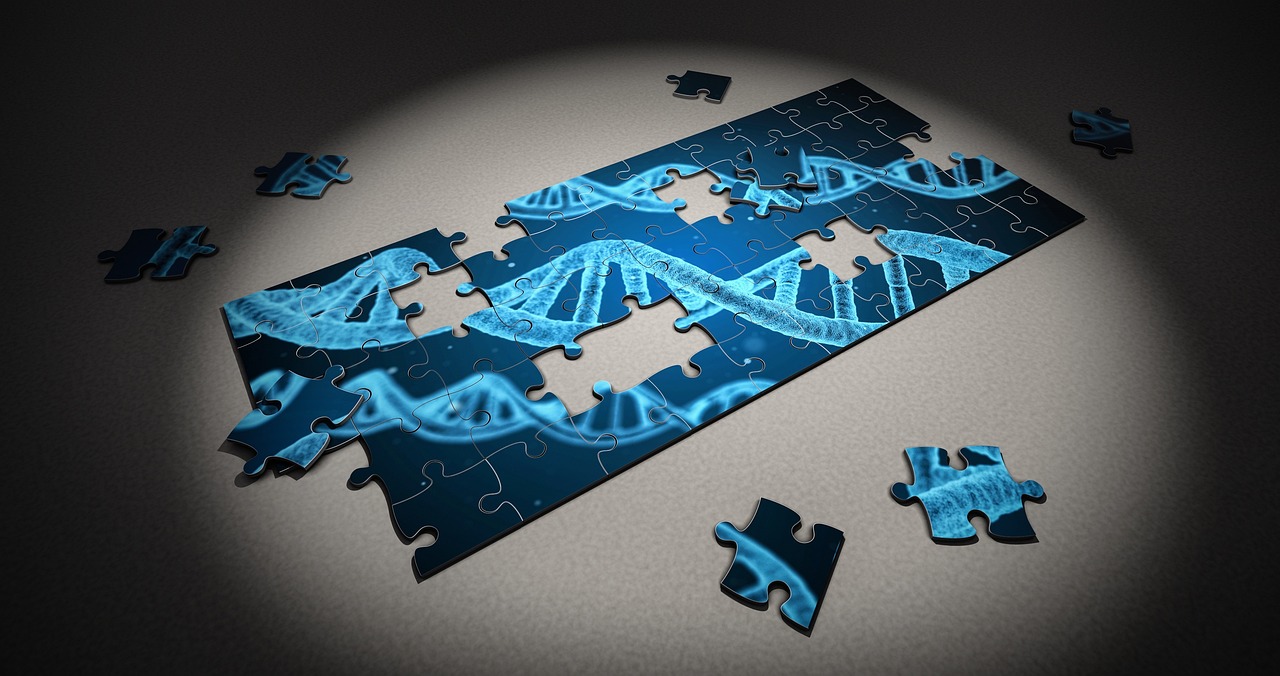Nuclear DNA (nucDNA) Analysis
Nuclear DNA (nucDNA) analysis focuses on the DNA located within the nucleus of the cell. This DNA is unique to each individual, except for identical twins. NucDNA inherits half from the mother and half from the father. Specific locations (loci) in nucDNA contain repeating segments of base pairs, known as short tandem repeats (STRs). The number of these repeated segments varies between individuals. STR technology in DNA analysis is highly effective for identifying biological materials in a wide range of forensic cases.
Biological Samples Analyzed
Fairfax Identity Laboratories analyzes various biological samples, including:
- Blood and bloodstains: Used to extract DNA for identification in criminal investigations or paternity testing.
- Bones: Analyzed for DNA in forensic anthropology, especially in skeletal remains.
- Cigarette butts: Useful for identifying individuals, often found at crime scenes.
- Dandruff: Provides DNA for analysis, often used in cases with minimal biological material.
- Debris from fingernails: Can contain DNA from a perpetrator or victim in cases of assault or self-defense.
- Envelopes and stamps: Offers DNA evidence, typically from saliva or touch, in cases of tampering or fraud.
- Fecal Material: Can provide DNA for identifying species or individuals in wildlife forensics or criminal cases.
- Fetal Tissue: Analyzed for DNA, especially in cases involving miscarriages or abortions.
- Fingernails: Can yield DNA evidence in cases of assault or self-defense.
- Fingerprints: While primarily for identification, fingerprints may also provide DNA in some cases.
- Hair: Analyzes both nuclear and mitochondrial DNA, particularly in cases with hair found at crime scenes.
- Muscle tissue: Provides DNA for identification in cases involving injuries or autopsy analysis.
- SAECK: A specific sample type analyzed for DNA in various forensic contexts.
- Saliva: Contains DNA from cells in the mouth, often found on items like cigarette butts or in cases of sexual assault.
- Semen and semen stains: Key in sexual assault investigations, providing DNA from the male perpetrator.
- Teeth: Can be analyzed for DNA in cases involving human remains.
- Tissue: Provides DNA from different body parts in forensic investigations.
- Urine: Rarely used, but can contain DNA in certain forensic cases.
- Vaginal secretions: Important in sexual assault cases, providing DNA from the perpetrator.
STR Analysis Offered
Fairfax Identity Laboratories offers a range of STR analysis services, including:
- Powerplex® 16: A commonly used STR analysis method that examines 16 loci for identification purposes.
- Powerplex® 16 HS: An enhanced version for more reliable results in degraded DNA samples.
- Powerplex® Fusion: A versatile STR method that offers a wider range of loci for identification, ideal for mixed samples.
- AmpFlSTR® Identifiler®: A widely used system for forensic DNA analysis, focusing on 15 loci to identify individuals.
- Globalfiler™: A next-generation STR method offering a higher resolution for complex forensic cases, including mixed samples.
STR technology enables the identification of biological materials, playing a crucial role in solving forensic cases. The wide range of sample types analyzed and the available STR methods make Fairfax Identity Laboratories a reliable resource for forensic DNA analysis.



